François Ghebaly is proud to present Bonsai, Shanghai-based artist Zhang Ruyi’s first solo exhibition in the United States. The exhibition consists of an architectural space in which mundane building materials like cement, steel, and ceramic tiles are reconfigured into a built environment made strange. Doorways are compressed, rubble grows thorns, water seems to flow sideways. Through her collision of interior architecture, desert flora, and the human body, Zhang creates space to consider the individual psyche and the built world through which it is channeled.

Exhibition view of ”Bonsai,“ François Ghebaly,Los Angeles ”盆栽“ 展览现场图,François Ghebaly,洛杉矶
In Bonsai, Zhang segments, recombines, and reorients elements of domestic architecture. Approaching the exhibition space compositionally, she extends certain geometric vectors using drywall, tile, and pigmented grout. The gleaming white tiles evoke two significant domestic spaces: the kitchen and the washroom. Zhang juxtaposes the associates of each; the kitchen stands for hosting, public performance, and the extension of the outside world into the self, whereas the washroom stands for the personal, the interior, and aloneness. Both are associated with cleanliness and soiling. Tile becomes a metonym–a conceptual stand-in–for broad ideas of how materials articulate personal and public space within the constructed world.
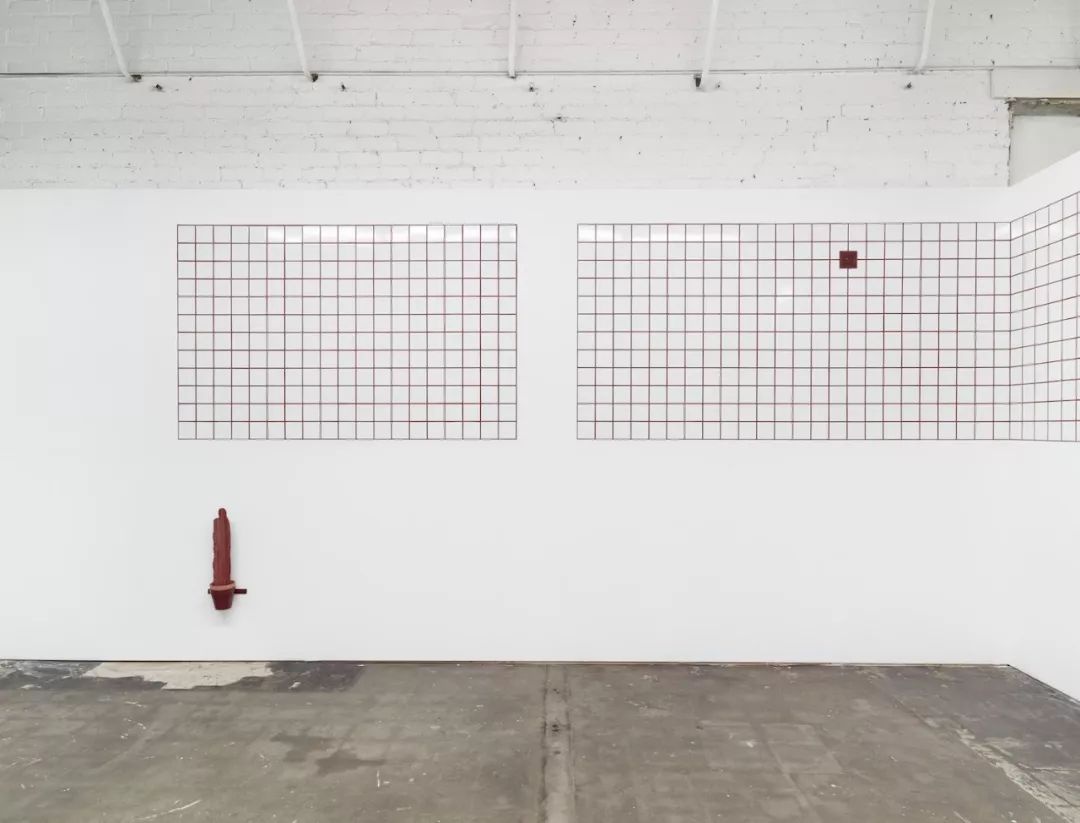
Exhibition view of ”Bonsai,“ François Ghebaly,Los Angeles ”盆栽“ 展览现场图,François Ghebaly,洛杉矶
The tiles in Bonsai furthermore become the supports for sculptures that reflect the relationship between individual interiority and industrialized society. A cactus, cast in pigmented concrete, becomes a building in miniature. The cactus is a figure with a hard, brutal exterior and a wet, parsimonious inside. Zhang has described these plants as highly rational organisms, ones that are well adapted to times of need. Yet they are plants that hold secrets.
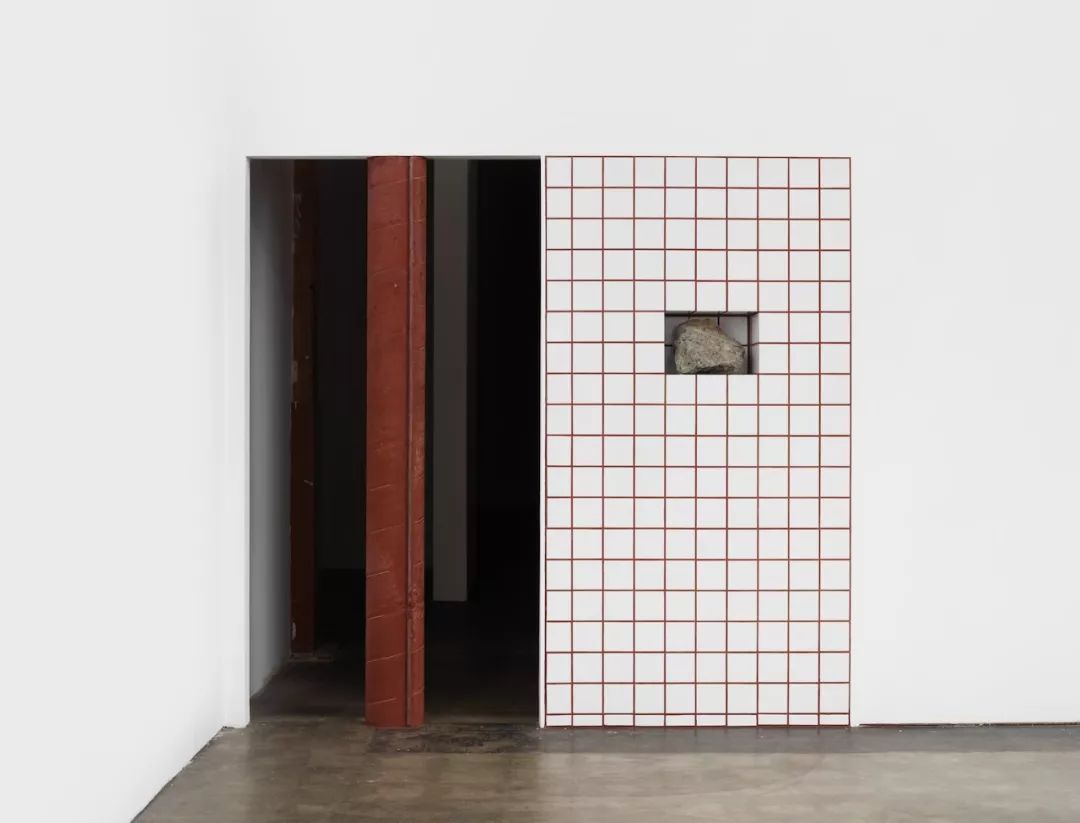
Exhibition view of ”Bonsai,“ François Ghebaly,Los Angeles ”盆栽“ 展览现场图,François Ghebaly,洛杉矶
Elsewhere, a chunk of concrete rubble, collected from a demolition site near the artist’s studio in Shanghai, is adorned with the spikes of a cactus. In the context of the hard, blasted piece of demolished building, the spines lose their violence, resembling instead a soft patch of grass or a tuft of hair. A drain mounted in the wall and a concrete bar of soap reorient the space. Zhang blurs the lines that separate individual hygiene and urban development, a rich intersection in the urban context of Shanghai, where rapid development leaves an ambiguous, swirling interchange between past, present, and future.
Article by François Ghebaly

Exhibition view of ”Bonsai,“ François Ghebaly,Los Angeles ”盆栽“ 展览现场图,François Ghebaly,洛杉矶

Detail 作品局部
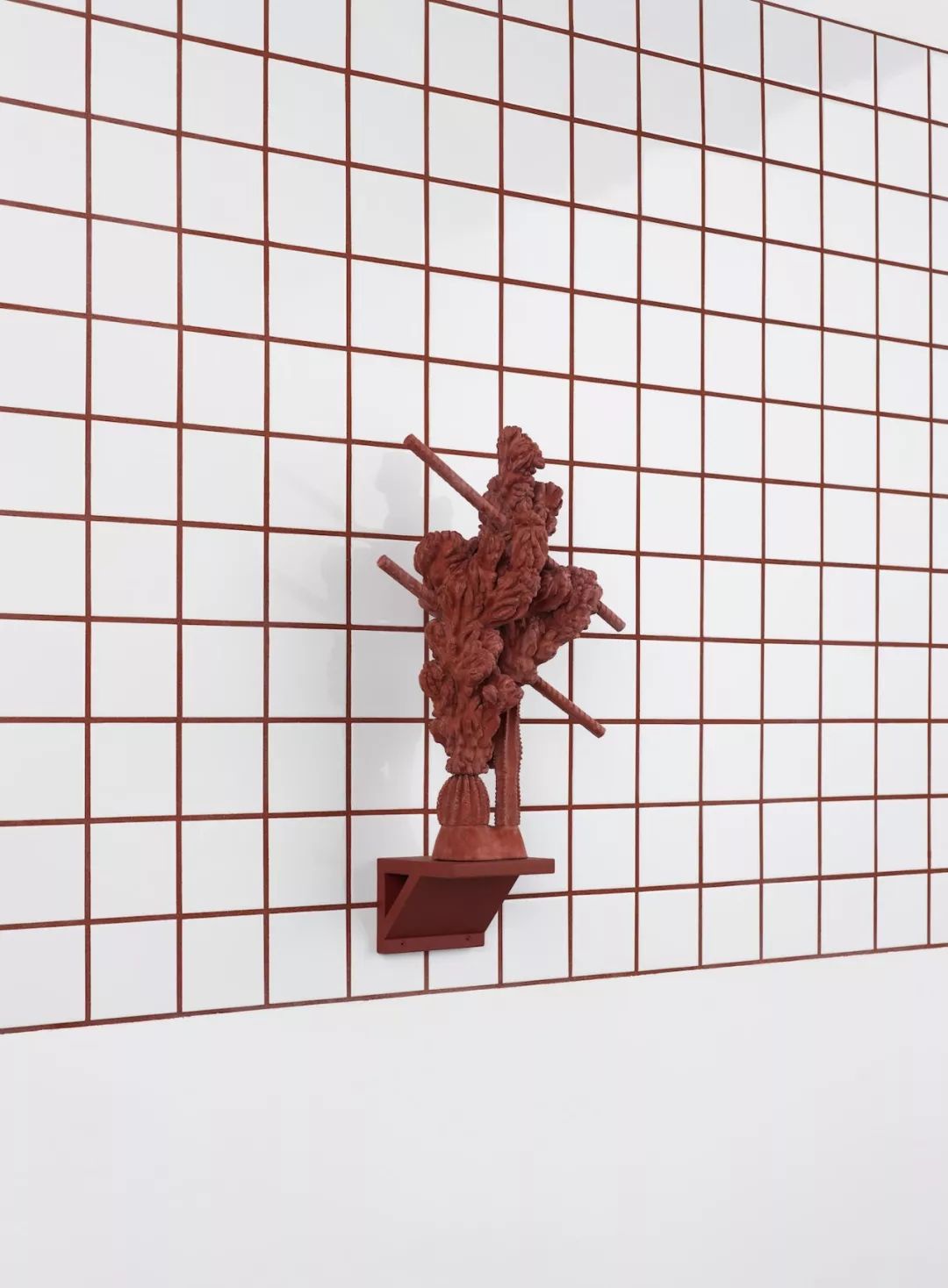
Exhibition view of ”Bonsai,“ François Ghebaly,Los Angeles ”盆栽“ 展览现场图,François Ghebaly,洛杉矶
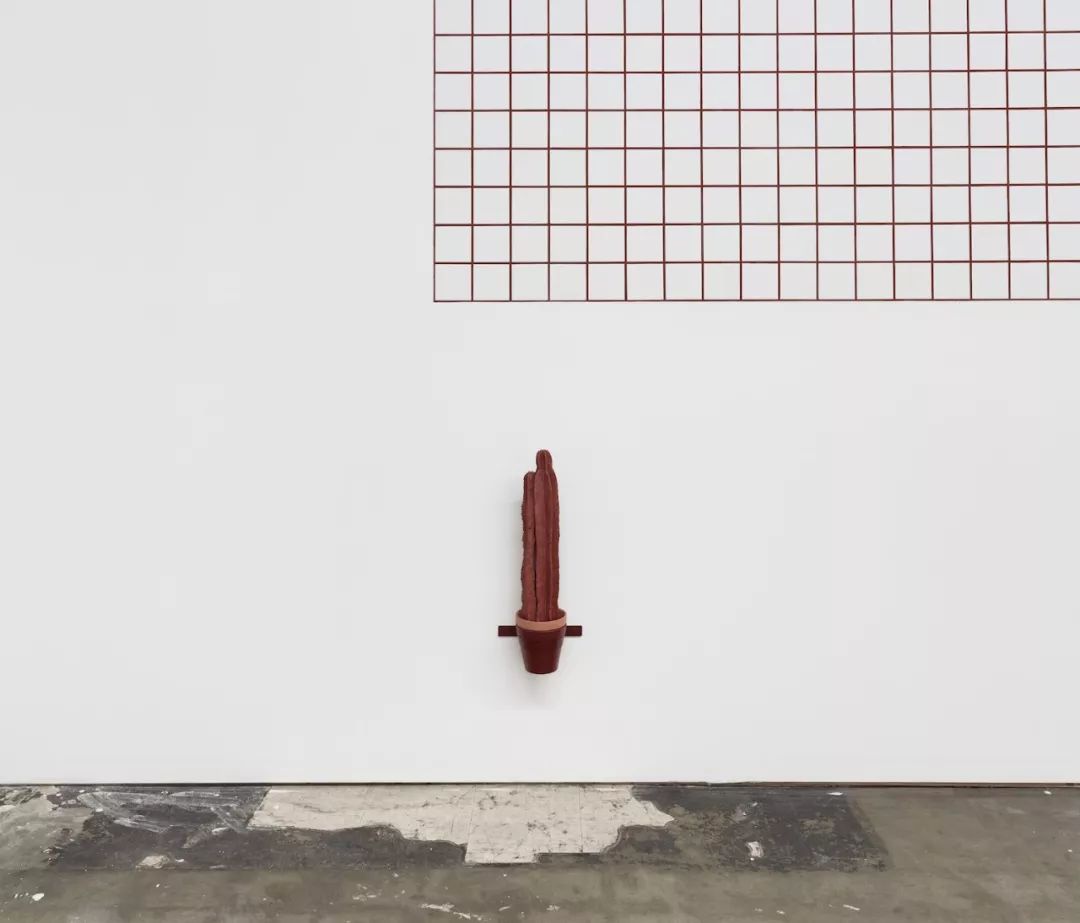
Exhibition view of ”Bonsai,“ François Ghebaly,Los Angeles ”盆栽“ 展览现场图,François Ghebaly,洛杉矶
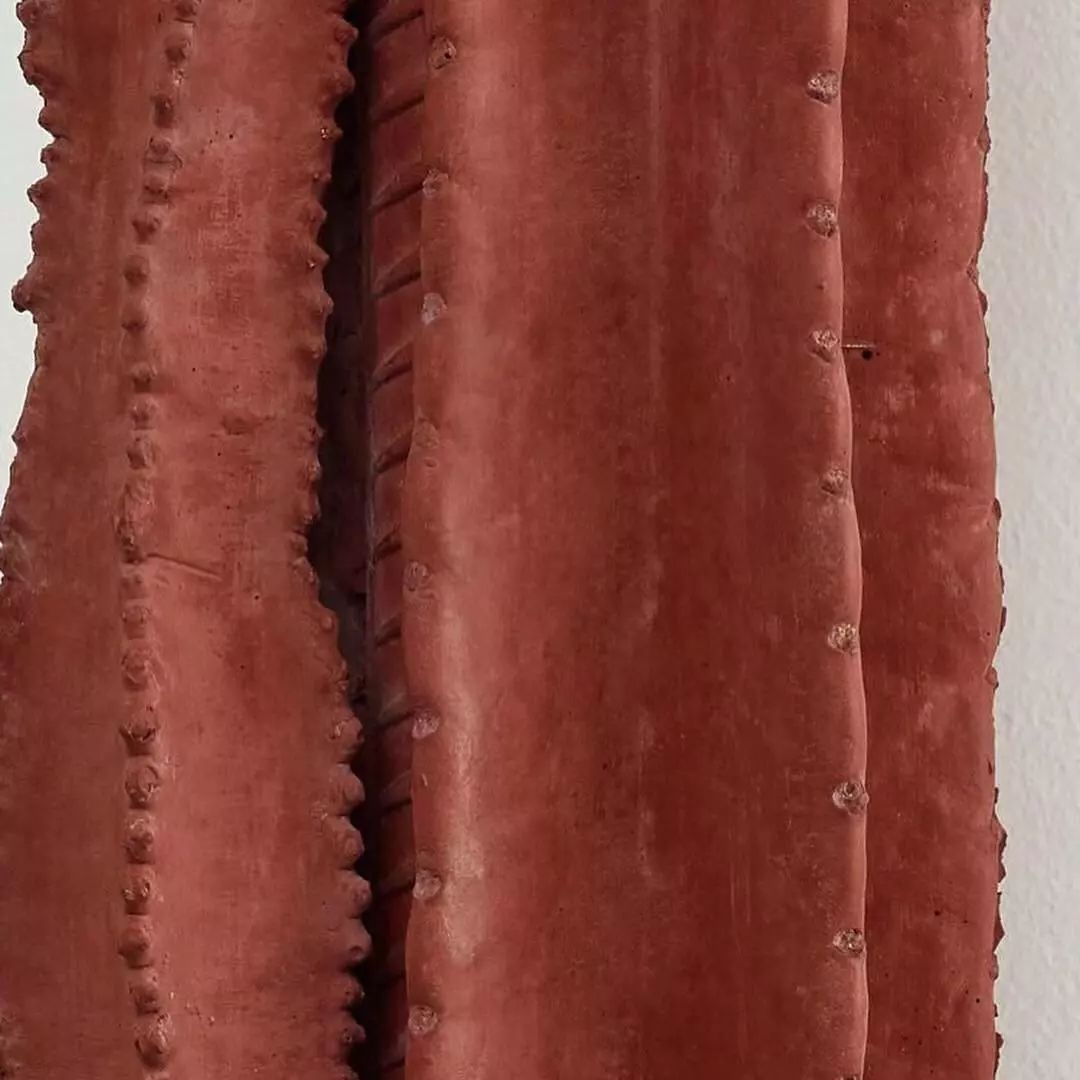
Detail
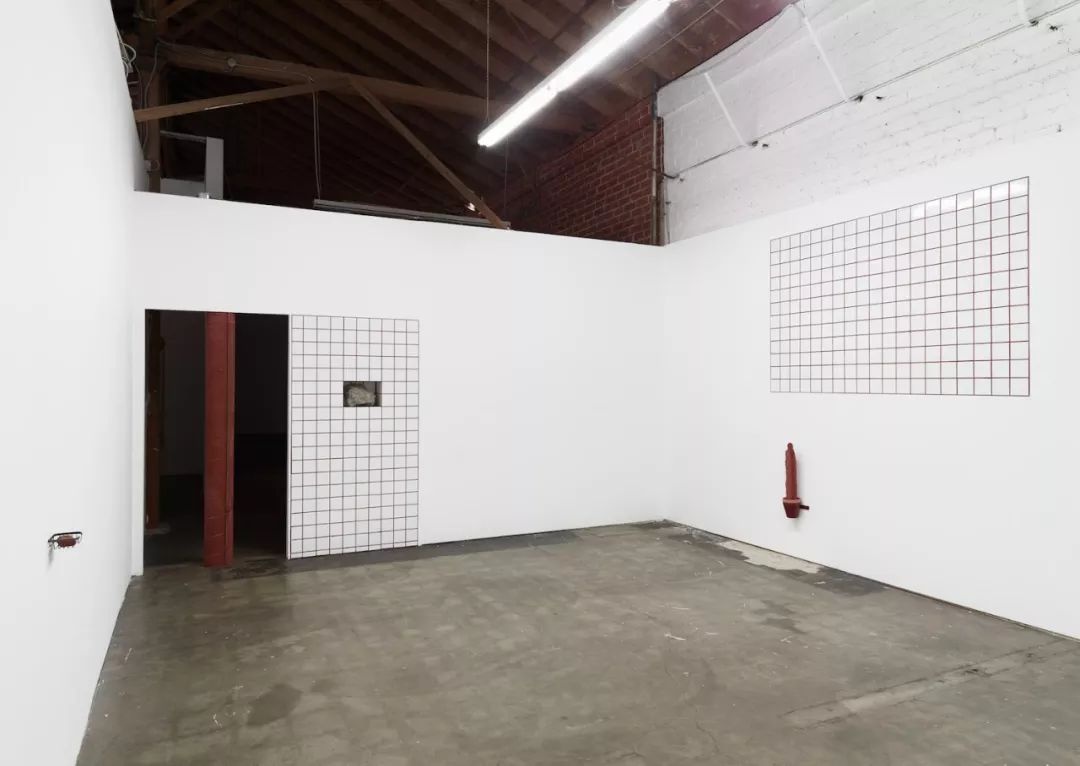
Exhibition view of ”Bonsai,“ François Ghebaly,Los Angeles ”盆栽“ 展览现场图,François Ghebaly,洛杉矶

Exhibition view of ”Bonsai,“ François Ghebaly,Los Angeles ”盆栽“ 展览现场图,François Ghebaly,洛杉矶

Exhibition view of ”Bonsai,“ François Ghebaly,Los Angeles ”盆栽“ 展览现场图,François Ghebaly,洛杉矶

